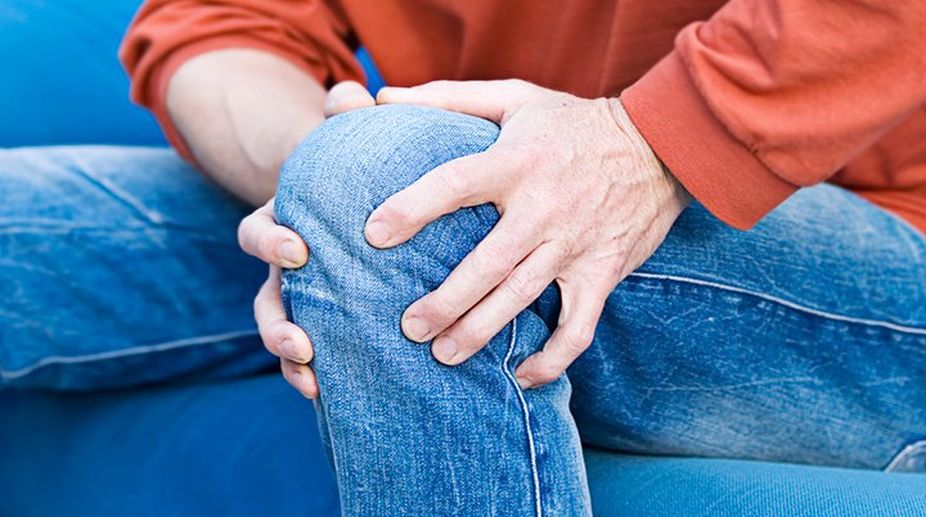AI at par with specialists in diagnosing prostate cancer: Study
Fifteen of the algorithms were selected to have their performance measured against diagnoses made by specialist uropathologists and general pathologists.

Knee Problem (Photo: Twitter/File)
Selective removal of old cells that are accumulated in our joints as we age, may significantly contribute in delaying the onset of age-related degenerative joint conditions, such as osteoarthritis, researchers have found.
The findings, published in the journal Nature Medicine, suggest that the selective removal of Senescent cells (SnCs) from joints could reduce the development of post-traumatic osteoarthritis and allow new cartilage to grow and repair joints.
Advertisement
SnCs accumulate with age in many vertebrate tissues and are present at sites of age-related pathology.
Advertisement
Although SnC cells play an essential role in wound healing and injury repair, they often are not cleared from knee and cartilage tissue after an injury, thereby contributing to the development of osteoarthritis.
They may also promote cancer incidence in tissues, the researchers said.
The study may provide new insights into therapies targeting SnCs for the treatment of trauma and age-related degenerative joint disease, said Chaekyu Kim from the Ulsan National Institute of Science and Technology (UNIST) in South Korea.
The study also presented a novel pharmacologic candidate that alleviates age-related osteoarthritis by selectively destroying SnCs.
For the study, the team took both younger and older mice and cut their anterior cruciate ligaments (ACL) to minic injury. They, then, administered injections of an experimental drug, named UBX0101 to selectively remove SnCs after anterior cruciate ligament transection (ACLT) surgery.
The results showed that aged mice did not exhibit signs of cartilage regeneration after treatment with UBX0101 injections,
According to the research team, the relevance of their findings to human disease was validated using chondrocytes isolated from arthritic patients.
Advertisement